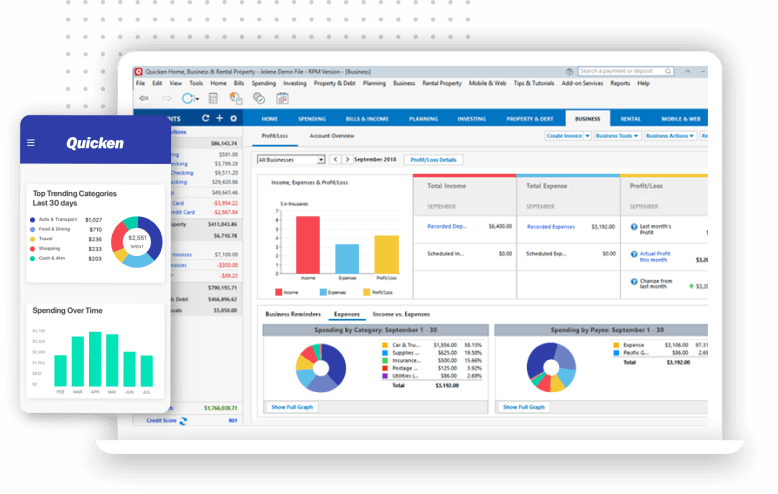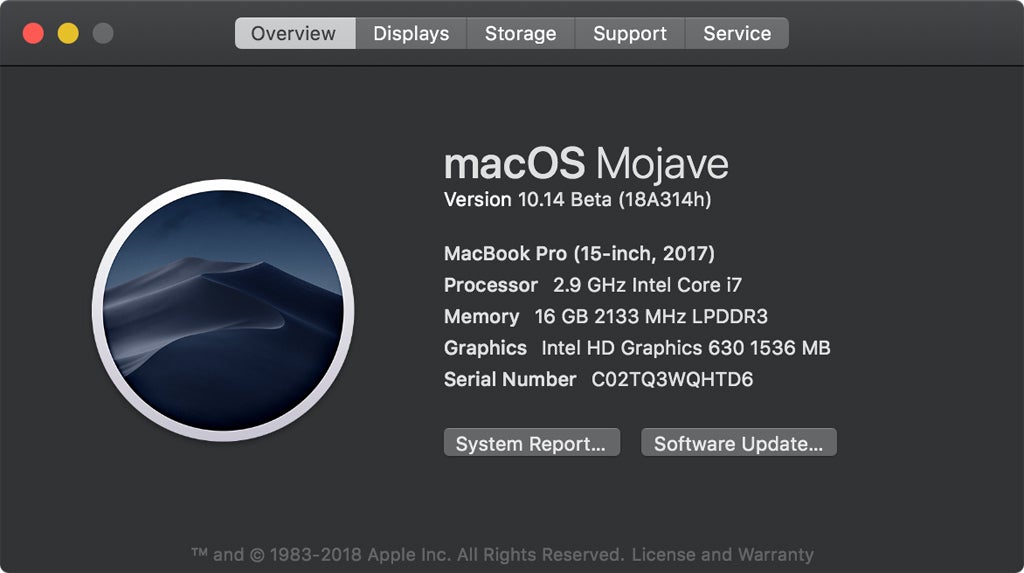
If we are missing a transaction that is listed on the statement, we must add it and then clear it.

We'll compare the transactions that appear in the paper statement against the transactions that appear in Quicken and if they appear in both, we mark them Cleared (Clr). Let’s start with a new account as an example.Īfter a month, the bank sends a statement that shows an ending balance of $3,500 which is the total of all transactions in that month.

You may trust your bank enough that you feel no need to reconcile your accounts.
#Quicken updates for mac download
In fact, if you download transactions and never hand-enter a transaction, then the only mistake that can be made is one by the bank. Some of the mistakes listed above will not occur if you download your transactions from your bank. You are missing transactions or are not matching transactions, because the bank made an error. You have missing or corrupted transactions, because of problems importing data into Quicken. This is often the result of the common mistake of entering the wrong amount in your register.
#Quicken updates for mac software
You have two transactions when there should have been one because something prevented the software from matching the transaction. You have a transaction that the bank doesn't list because you voided a check or didn't send a deposit but had never deleted the transaction from the register. You are missing a transaction that the bank lists because you forgot to enter the transaction in your register. A similar issue can occur when the bank limits the time span you can download transactions for, such as a ninety-day limit. You don’t have all of the transactions that the bank has, because you chose not to enter transactions before a certain date, e.g., the date you started to use Quicken. The bank lists transactions for service charges or earned interest that you haven't entered into your register. You have outstanding transactions such as checks that haven't been cashed, or deposits that have been mailed or scheduled but haven't yet been processed at the bank. Some of these are a normal part of using a bank account, while others represent mistakes made by you, Quicken, or your bank. Listed below are various reasons why you and the bank might not have the same transactions. That is why we talk about reconciling rather than matching or equaling.

Unfortunately, even in the best cases, your transactions, and therefore your balance, may not be the same as the bank because of outstanding transactions that are in your register but not yet at the bank. Your bank calculates the account balance as the sum of all your transactions. If you have the same transactions as the bank then your balance, which is the sum of all your transactions, will be the same as the bank’s balance. To make sure your Quicken balance is correct. The two purposes of reconciling your account register are: What does it mean to reconcile an account?


 0 kommentar(er)
0 kommentar(er)
